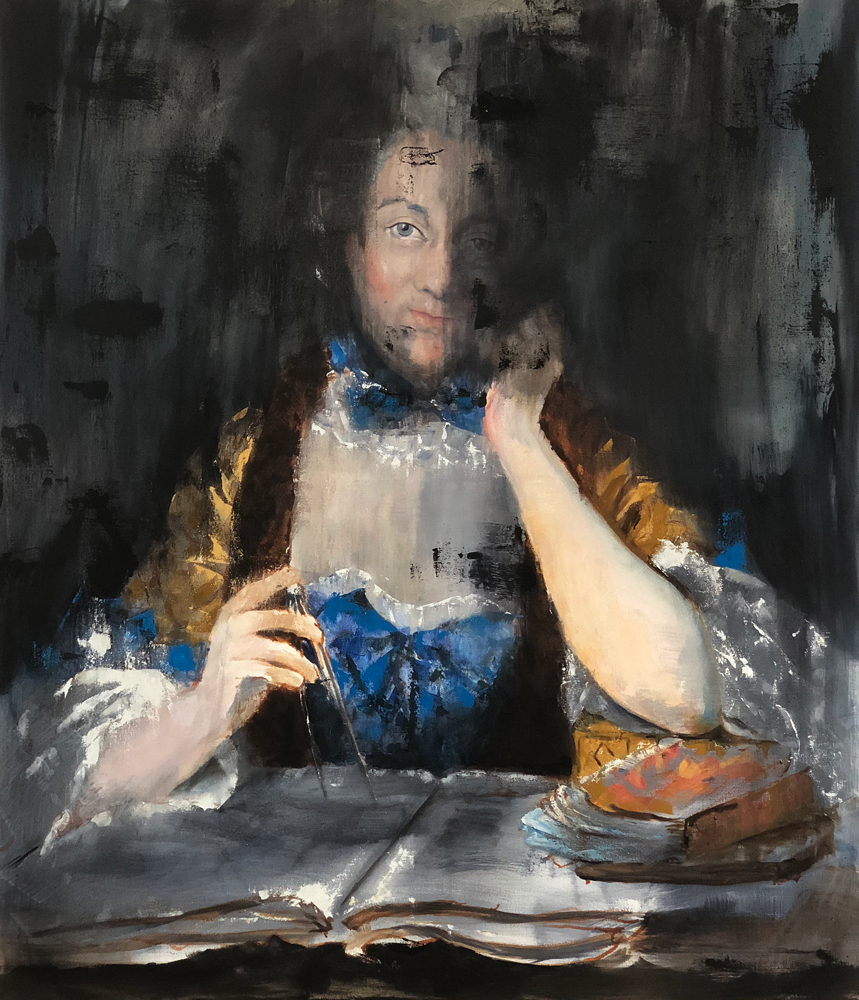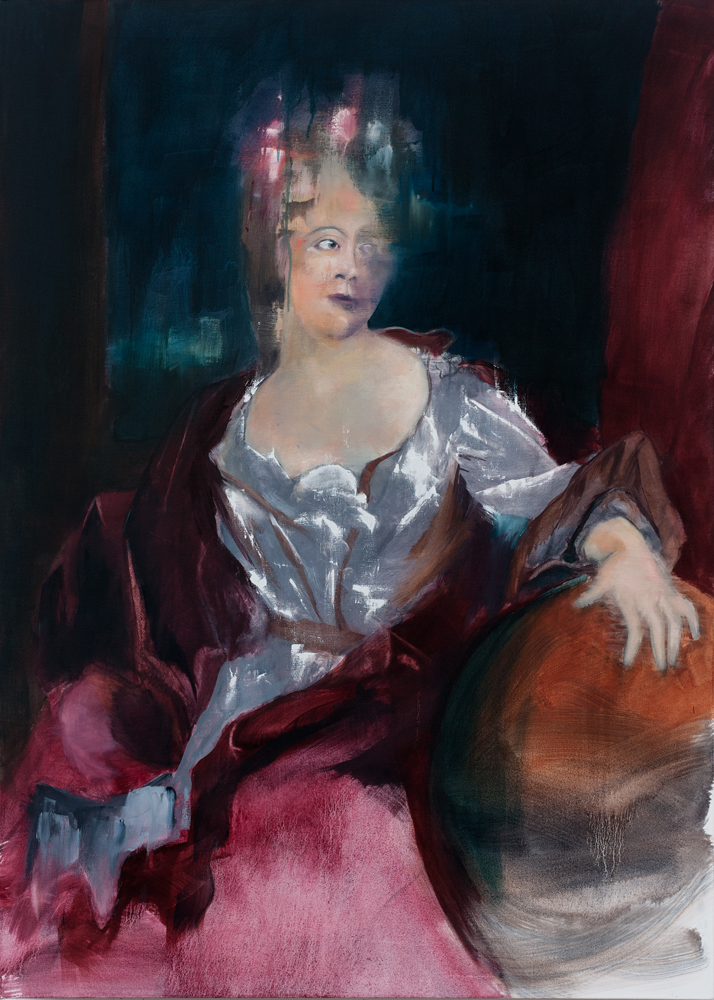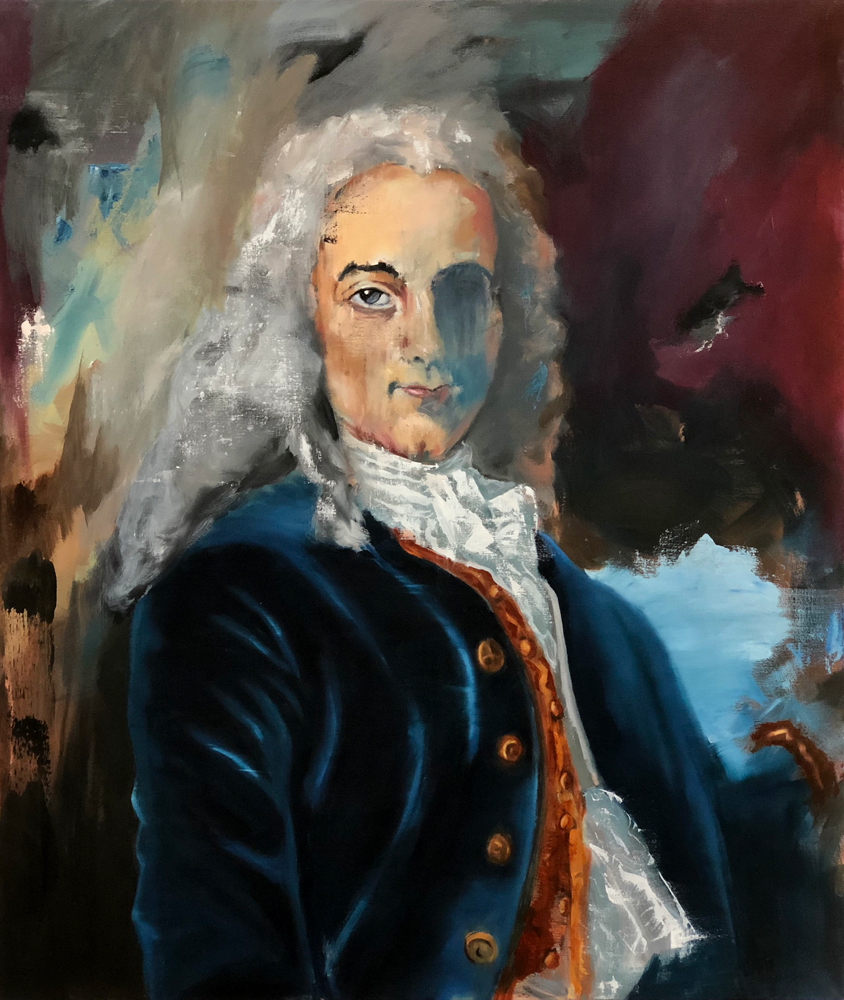“Art is the daughter of freedom”.
Friedrich Schiller was born on 10 November 1759, in Germany, as the only son of military doctor. As a boy, Schiller was excited by the idea of becoming a cleric and often put on black robes and pretended to preach but he eventually studied medicine. During most of his short life, he suffered from illnesses that he tried to cure himself.
One of the great German poets and dramatists, Friedrich Schiller studied the philosophy of Kant between 1793 and 1801 whilst recuperating from illness. In his essays he sought to define the character of aesthetic activity, its function in society, and its relation to moral experience. His early tragedies were attacks upon political oppression and his later plays we're concerned with the freedom of the soul - allowing man to rise above his physical conditions. He died of tuberculosis in 1805.










